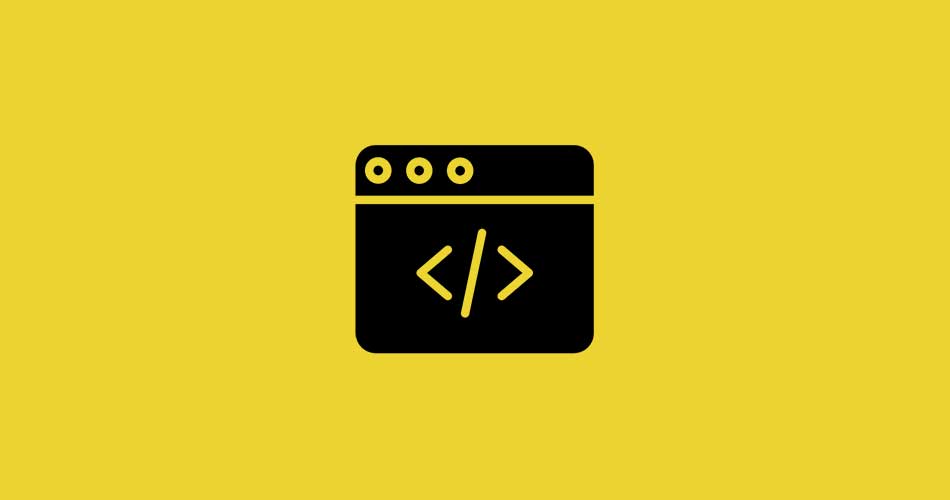On April 14th, during a presentation at Goldman Sachs’ Disruptive Technology Symposium in London, OpenAI quietly (but significantly) dropped some news that could shift the entire software development world: they’re working on A-SWE, an autonomous AI software engineer. Yes, you read that right. Not just a coding assistant—an agent that acts like an actual engineer.
Let’s break down what that actually means—and why devs might be both excited and a little sweaty.
What is A-SWE?
A-SWE (Agentic Software Engineer) is OpenAI’s attempt to build an AI that can do way more than autocomplete your functions. Think: planning, writing, testing, debugging, and even documenting entire software projects on its own.
According to OpenAI’s CFO, Sarah Friar, this AI agent can:
- Write production-level code
- Fix bugs
- Run quality assurance tests
- Create documentation
- Make iterative improvements
- Work across the entire software dev lifecycle
This is not just augmenting the current software engineers in your workforce, which is kind of what we can do today through Copilot, but instead, it’s literally an agentic software engineer that can build an app for you.
Basically, it’s like giving your favorite senior engineer a caffeine IV, infinite time, and zero burnout.
How It Works (Without the Buzzwords)
A-SWE isn’t just guessing what code comes next—it actually mimics how human engineers work. It breaks problems down into smaller parts, uses internal tools like search, compilers, and static analyzers, and makes decisions based on logic, not vibes.
It’s still in development so there’s no public beta or release date available yet, but OpenAI has been using it internally to tackle real software tasks. Not just toy problems—actual, in-the-wild engineering jobs.
Why This Is a Big Deal
This isn’t your average Copilot-style assistant. A-SWE aims to replace entire workflows that normally require teams of engineers. Imagine building an app by just describing it, and having an AI handle the architecture, the backend logic, the testing, and the README file.
If it works as advertised, it could:
- Supercharge solo devs and small teams
- Automate maintenance work and refactoring
- Lower the barrier to launching new products
- Completely redefine how software gets built
Friar further expanded on why this tool is a big deal:
It can take a PR that you would give to any other engineer and go build it. But not only does it build it, it does all the things that software engineers hate to do. It does its own QA, its own quality assurance, its own bug testing and bug bashing, and it does documentation, things you can never get software engineers to do so, suddenly, you can force, multiply your software engineering workforce.
Of course, it also raises some spicy questions about the future of jobs in tech—but let’s save that for another post.
Should You Be Worried (or Excited)?
Both, but mostly excited.
A-SWE doesn’t mean humans are out of the loop. Instead, think of it as a new kind of collaborator—one that never forgets semicolons or complains about Jira tickets. The vision isn’t about replacing engineers, but about scaling their creativity and freeing them from the grind.
And knowing OpenAI, privacy and alignment are going to be hot topics as this tool develops—especially as we start giving it more control over actual production environments.
The 404 Take On This
A-SWE feels like OpenAI’s first real shot at building an AI that’s not just smart, but useful. It’s the next step beyond chatbots and copilots, pushing toward a world where AI doesn’t just help write code—it builds products.
Is it perfect? Definitely not yet. But if A-SWE lives up to the hype, your next “team member” might not need a desk, just an API.







Comments